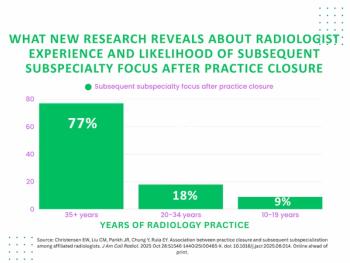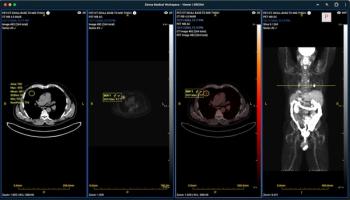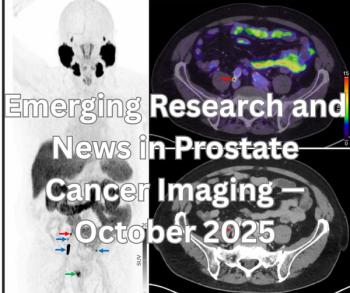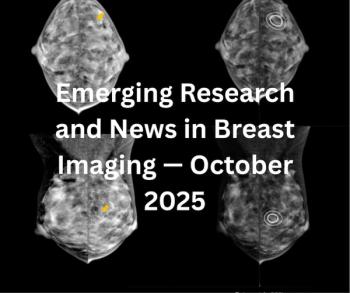
Radiologists and cardiologists square off before Congress
Discordant radiologists and cardiologists sitting before Congress this week came to terms on at least one point. They agreed the government should set standards allowing only qualified physicians to perform imaging studies, even though they disagreed on who should provide those services.
Discordant radiologists and cardiologists sitting before Congress this week came to terms on at least one point. They agreed the government should set standards allowing only qualified physicians to perform imaging studies, even though they disagreed on who should provide those services.
"We were able to clearly get a consensus opinion that there is a quality issue that needs to be addressed," Dr. James P. Borgstede told Diagnostic Imaging.
Borgstede, chair of the American College of Radiology's board of chancellors, was one of four imaging representatives to deliver testimony before the U.S. House Ways and Means Committee's subcommittee on health. The hearing followed a report delivered to Congress earlier this month by the Medicare Payment Advisory Commission (MedPAC) that called for national standards for imagers and tighter control of in-office imaging by nonradiologists, particularly for CT, MRI, and PET.
Subcommittee members paid close attention to the possibility of a turf battle in disguise, questioning whether radiologists are trying to develop a monopoly in diagnostic imaging. Radiology advocates made it clear that this was not the case, said Cherrill Farnsworth, executive director of the National Coalition for Quality Diagnostic Imaging Services (NCQDIS).
"Dr. Borgstede believes that certain standards have to be put in place to address the problem of inappropriate utilization of imaging, and the cardiologist on the panel agreed with him," Farnsworth told Diagnostic Imaging.
Farnsworth also testified before the subcommittee.
On paper, at least, the issue looked more contentious. Dr. Kim Allen Williams, director of nuclear cardiology at the University of Chicago, spoke to the panel on behalf of the Coalition for Patient-Centered Imaging, which includes cardiologists, orthopedic surgeons, and urologists.
The transcript of Williams' testimony indicates coalition opposition to changes in the Stark laws that would hamper the ability of nonradiologists to use in-office diagnostic imaging. The ACR supports these changes.
Most proponents concede that this hearing was just the first stage of a long debate. Nonradiologists agree there may be inappropriate use of imaging services, but no credible body - including MedPAC - has been able to quantify whether and to what degree imaging performed in an office setting is inappropriate, Williams told the subcommittee.
"Self-referral, as it is labeled by self-interest groups outside the physician specialty community, is not the primary driver in growth of imaging services," he said.
Borgstede told the panel that nonradiologists who own imaging equipment are up to seven times more likely to order diagnostic tests than those referring patients to imaging facilities with which they have no financial interests.
Farnsworth testified that several privileging strategies by private payers have successfully addressed quality and utilization issues. She suggested that Medicare adopt these policies and programs.
Dr. David Rollo, chief medical officer of Philips Medical Systems, spoke on behalf of the National Electrical Manufacturers Association. He testified that the growth in high-end imaging utilization is actually a reflection of better service and, ultimately, a better quality of life for patients.
He cited several studies that support this view. In the November 2004 issue of Stroke, researchers found a "scan-all" strategy for stroke patients ultimately saved money by providing information that led to better clinical management. A study in the November 2004 American Journal of Roentgenology showed CT scanning of facial trauma patients at the Massachusetts General Hospital led to an overall reduction of 22% in imaging costs.
Rollo said that NEMA should play a pivotal role in developing medical imaging standards should Congress mandate them.
Rep. Nancy Johnson (R-CT) chairs the subcommittee, while Rep. Fortney "Pete" Stark (D-CA) is the ranking Democrat.
For more information from the Diagnostic Imaging archives:
Newsletter
Stay at the forefront of radiology with the Diagnostic Imaging newsletter, delivering the latest news, clinical insights, and imaging advancements for today’s radiologists.






























